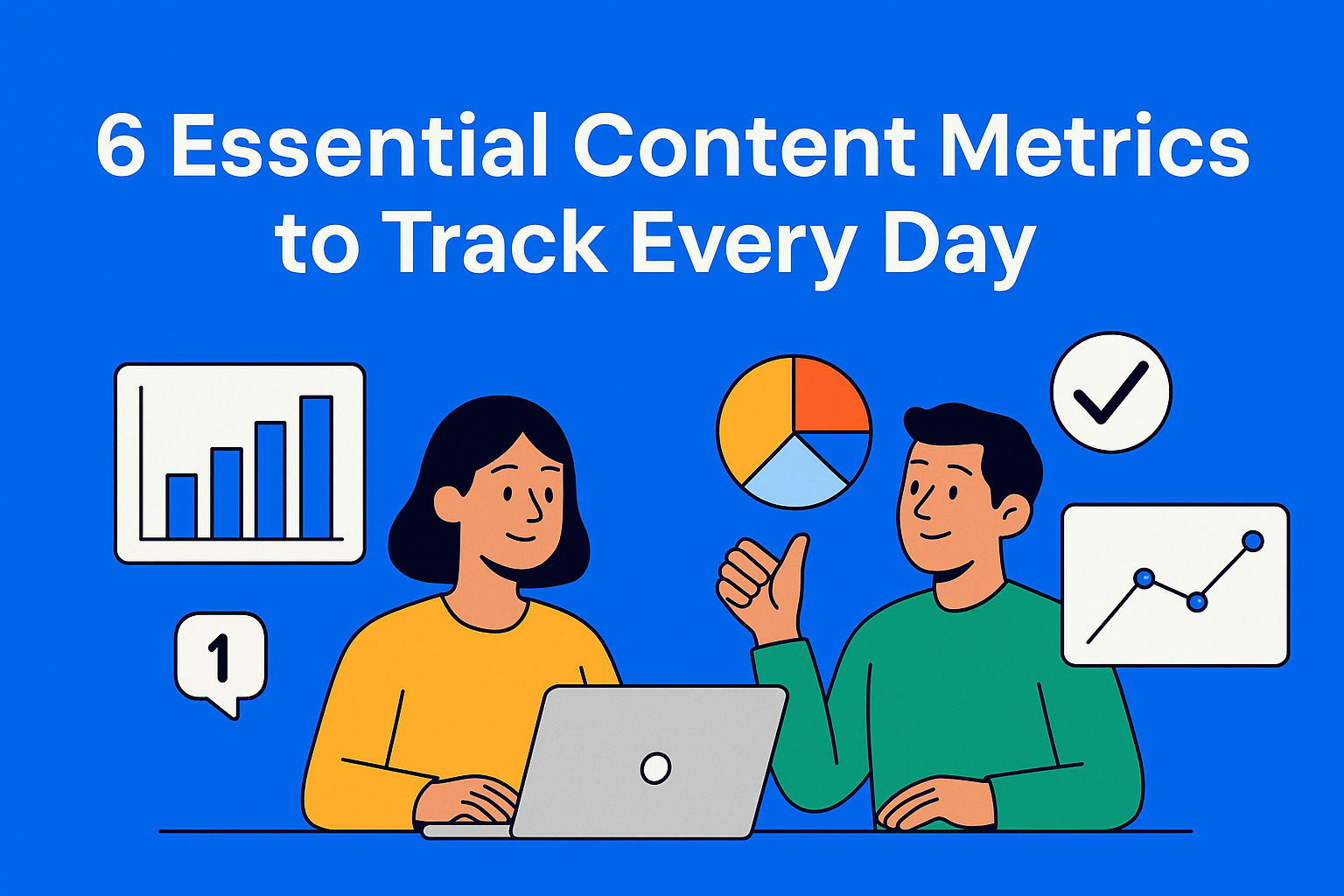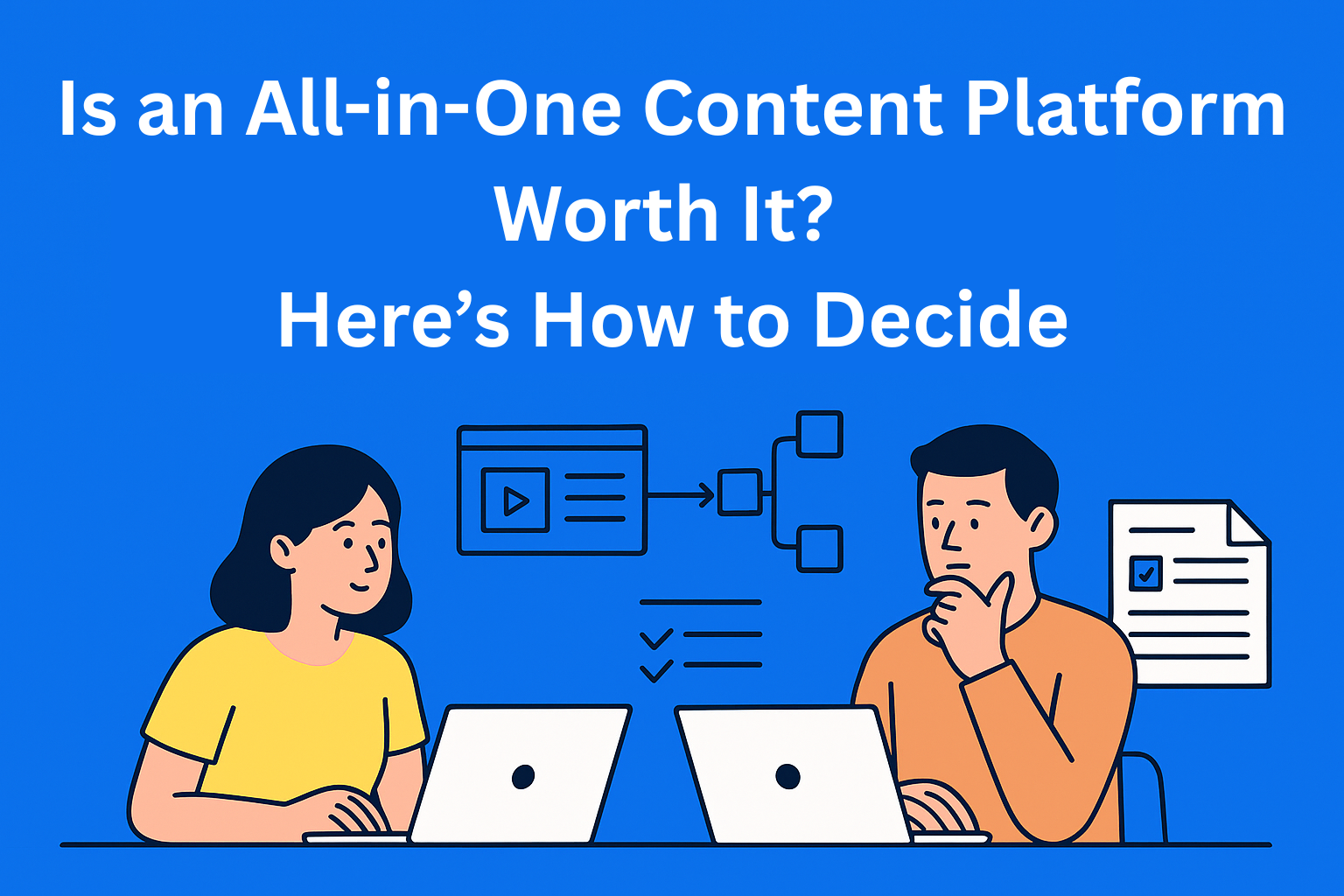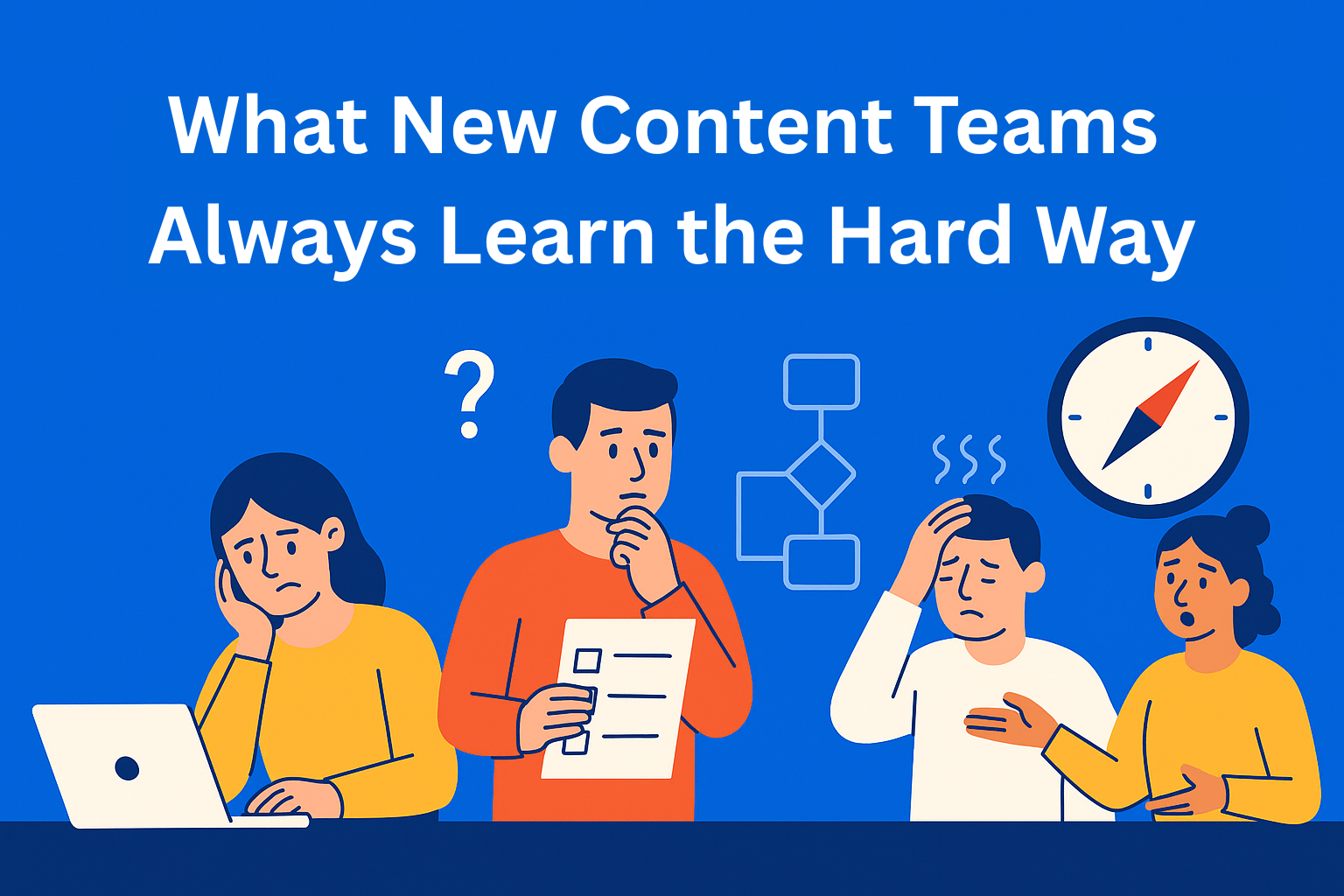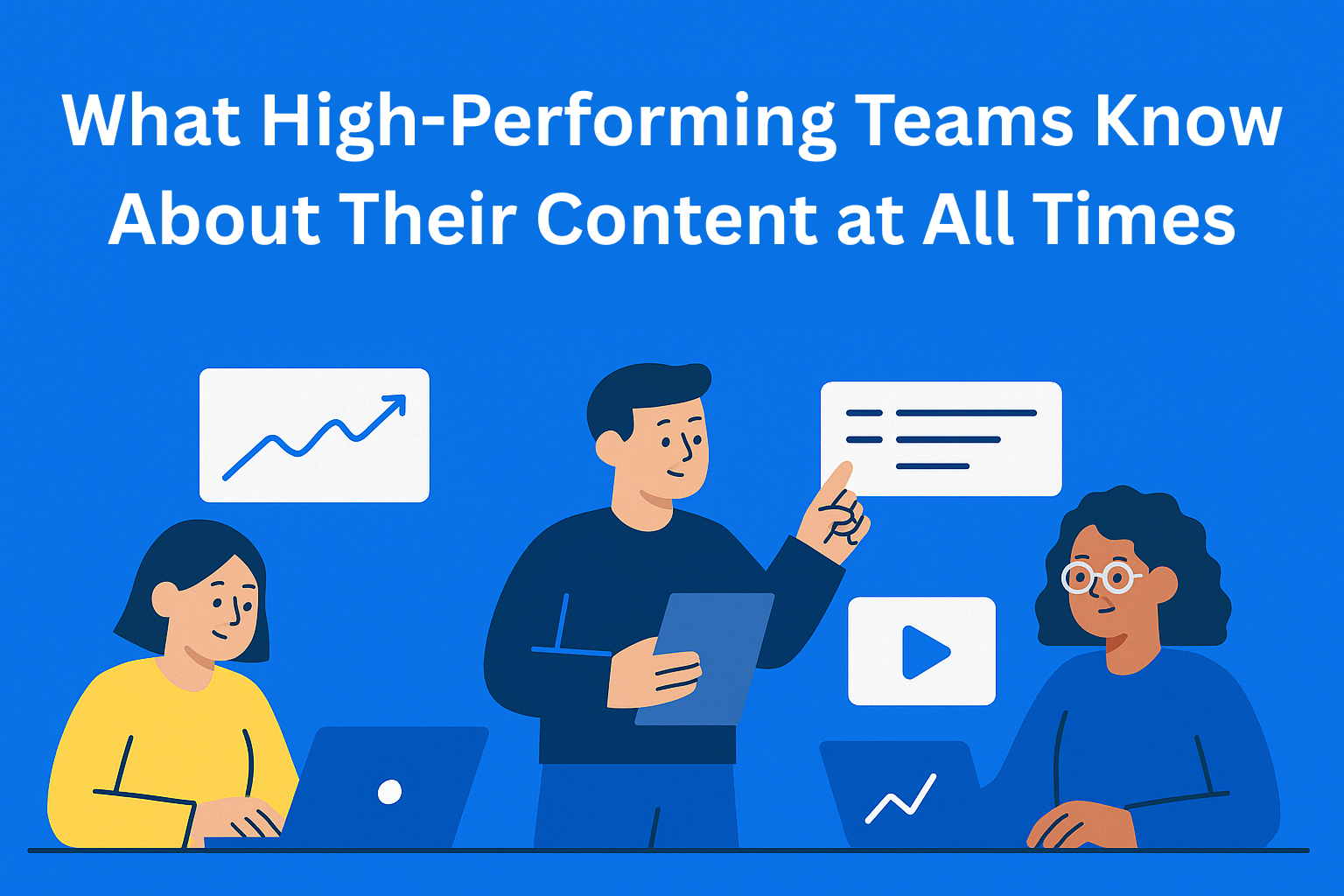The “Attention Curve”: How Readers Drop Off (and How to Keep Them)
Most readers don’t quit because the content is long - they quit when momentum breaks. This blog explains the attention curve and how to structure content that keeps people scrolling instead of slipping away.
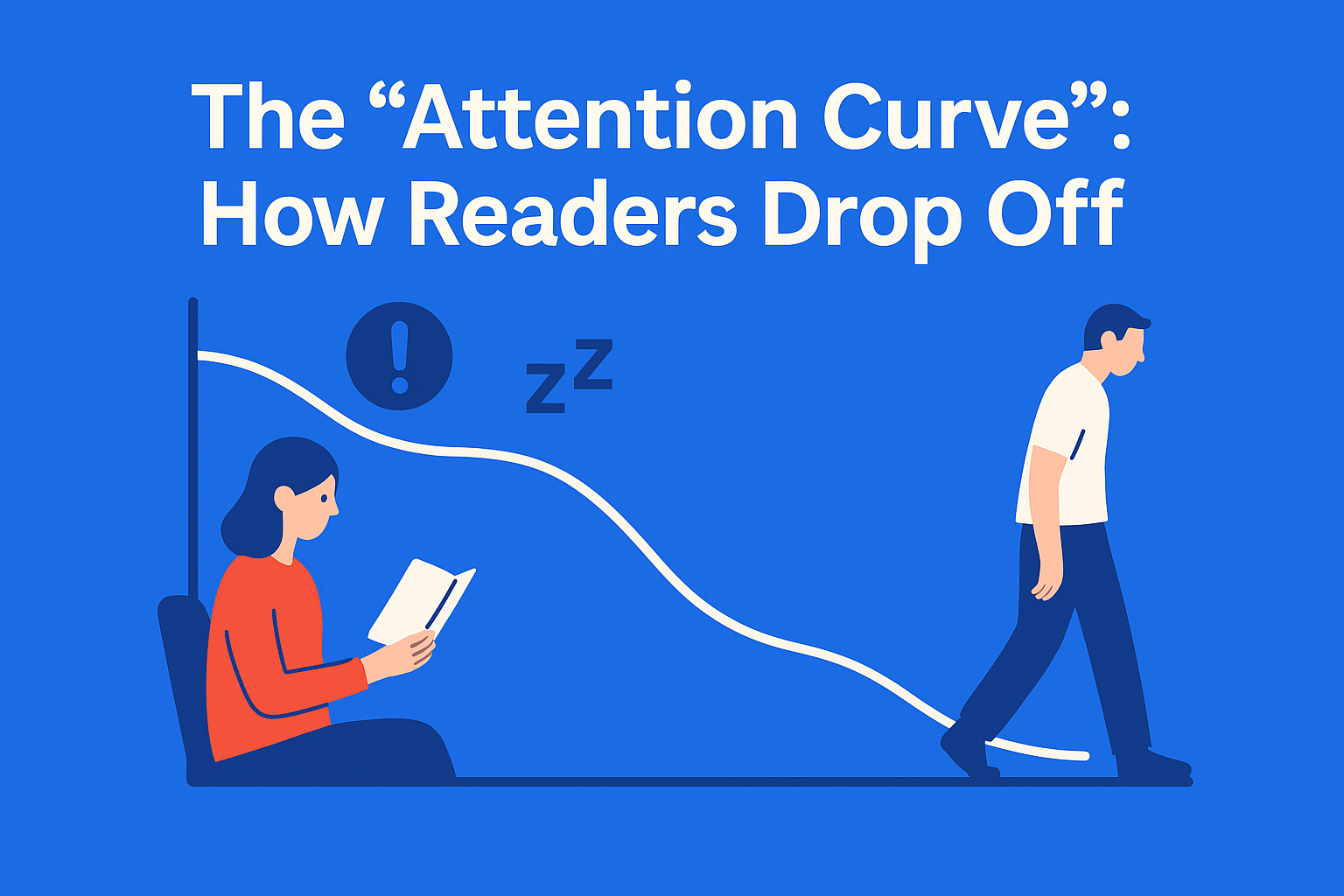
There’s a myth in content marketing that people don’t read anymore - that everything has to be short, skimmable, and snack-sized because “nobody has the attention span.” But the problem isn’t length. It’s momentum.
People will read 30-page-long Reddit threads, 10,000-word strategy breakdowns, and full eBooks - if they feel pulled forward.
They don’t stop because it’s long.
They stop because the writing runs out of reasons to keep going.
What fails is not attention - it’s attention maintenance.
Most content loses readers the moment the energy drops, the pacing stalls, or the text stops rewarding curiosity. That’s what the attention curve is really about: not getting attention, but earning the next scroll.
Key Takeaways
- Length doesn’t kill attention - stagnation does - Readers don’t quit because something is long, they quit because it stops giving them a reason to keep going.
- Momentum is the real craft of retention - The job isn’t getting the first click or scroll, it’s continually earning the next one through pacing, payoff, and progression.
- Drop-offs happen at friction points - Readers leave when the hook isn’t paid off, repetition creeps in, the voice flattens, or the content stops evolving.
- Retention is built on micro-rewards - Small moments of insight, perspective shifts, or curiosity cues reassure the reader that the next scroll will be worth it.
- Structure should create forward motion, not filler - Content needs visible and narrative breathing room, with each section moving the idea forward instead of circling it.
Where Readers Actually Drop Off (and Why)
A reader’s drop-off point is rarely random. It usually happens at specific “friction moments,” like:
- The transition from the hook to the body is weak
- The content starts repeating itself
- The promise of the headline hasn’t been delivered yet
- The pacing flattens into a wall of sameness
- There’s no tension or question pulling the reader forward
- They can tell “this could have been written by anyone”
If the intro got them in the door but the middle doesn’t move the story forward, they quietly eject.
The attention curve dips whenever the content stops giving something - context, surprise, clarity, momentum, or payoff.
Readers aren’t impatient. They’re just allergic to being bored.
The Hidden Psychology of Attention Momentum
When someone scrolls, what they’re subconsciously asking is:
“Is there still something here for me?”
To keep them moving, your content needs micro-rewards - tiny payoffs that reassure them, “Yes, keep going, this is still worth your time.”
That can be:
- A shift in perspective
- A moment of insight
- A question that tees up curiosity
- A pattern break in pacing
- A clean example that lands a point
- A “didn’t expect that” detail
These signals tell the brain: there’s more value ahead.
Why Hooks Aren’t the Hard Part - Middles Are
Anyone can write a strong hook. You can borrow curiosity, tension, surprise, or pain in a single sentence. The real craft begins after the hook - when it’s time to pay off the promise.
The middle is where most content collapses:
- It gets informational instead of purposeful
- It loses voice
- It explains instead of progressing
- It becomes predictable
Good content doesn’t just introduce an idea - it evolves it.
How to Structure for Retention (Not Just Attention)
If you want readers to stay, you don’t need shorter content - you need movement. Every few paragraphs should shift something: perspective, tension, depth, or direction.
A simple way to think about this is:
“What is the reason to scroll right now?”
If you can’t answer that, your reader won’t either.
Here are the most reliable retention levers:
- Keep raising relevance (“this is still about you”)
- Layer context instead of repeating it
- Move from concept → illustration → application
- Unpack the “why” before the “how”
- Break long explanations into story beats, not blocks
Readers don’t need fast pacing - they need forward pacing.
How Visual Breathing Room Helps
Even the best ideas can go unnoticed if they’re visually exhausting. Dense paragraphs signal friction before the reader even processes a word. Pacing isn’t just linguistic - it’s visual.
A clean layout feels like forward motion.
A wall of text feels like a hill.
Spacing, section breaks, and clean transitions keep rhythm alive. They don’t just support readability - they support endurance.
Not every article needs graphics or flourishes, but it does need oxygen.
The EasyContent Tie-In
This is also why internal review workflows matter. When you’re inside the draft, pacing errors are invisible - everything feels important because you wrote it. But when editors, SMEs, and reviewers can leave contextual notes in-line, pacing becomes easier to fix before publishing.
Inside EasyContent, teams often use guidelines to standardize rhythm - not just grammar. You can build editorial checklists that look for:
- Drop-off moments
- Momentum gaps
- Missing micro-rewards
- Overlong explanations
- Value drift
The workflow itself becomes a retention safeguard.
Conclusion
A reader’s willingness to finish your content is not determined by patience or scrolling stamina. It’s determined by whether the piece keeps earning its place on the screen.
The moment a reader thinks, “I already get the point,” the attention curve flatlines.
Your job isn’t to keep them awake - it’s to keep them rewarded.
Don’t obsess over word count - Obsess over movement.
Don’t try to write shorter - write sharper.
Don’t just capture attention - continuously justify it.
That’s the difference between being read… and being remembered.



